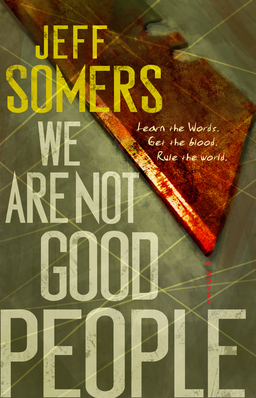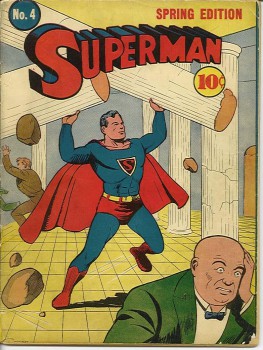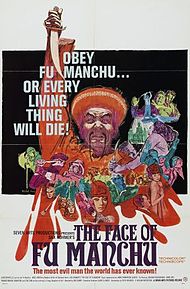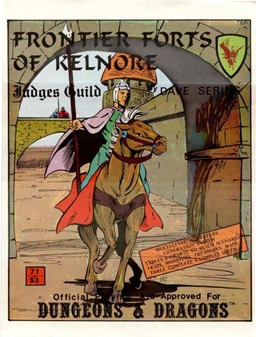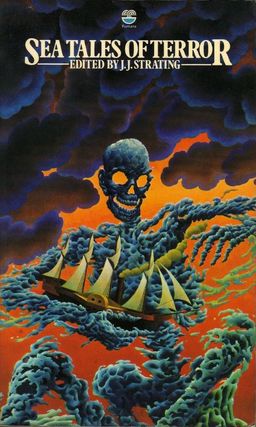Amazing Stories, July 1962: A Retro-Review
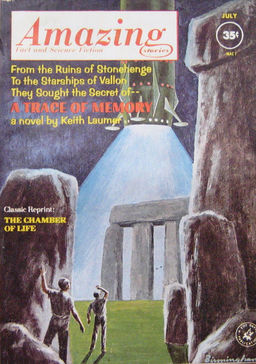 Back to Cele Goldsmith’s tenure at Amazing/Fantastic. This is a pretty strong issue, with, notably and perhaps surprisingly, a strong “Classic Reprint” novelet, and a strong serial opener. (The shorter fiction is less impressive.)
Back to Cele Goldsmith’s tenure at Amazing/Fantastic. This is a pretty strong issue, with, notably and perhaps surprisingly, a strong “Classic Reprint” novelet, and a strong serial opener. (The shorter fiction is less impressive.)
The cover is by Lloyd Birmingham, a semi-regular at Amazing/Fantastic throughout the ’60s, who also had one cover for Analog, one for an Ace Double, and a couple more. But he was never well-known in the field. It illustrates the serial in this issue, part one of Keith Laumer’s A Trace of Memory, competently but not particularly specially. Interiors are by Birmingham again, Leo Summers, Virgil Finlay, Dan Adkins, and Austin Briggs.
Norman Lobsenz’s editorial discusses some evidence that may or may not support the Big Bang theory. (This was a couple of years before the discovery of the 3 degree background radiation of the universe.) The lettercol, “ … or So you Say”, features a long letter by Julian Reid complaining about two recent Mark Clifton stories (“Hang Head, Vandal!” and the serial Pawn of the Black Feet), following a very long defense of his work by Clifton himself.
This response may be the last thing Clifton ever published. (He died in 1963, and I am sure he published no more stories after “Hang Head, Vandal!”) I think Clifton gets the better of the argument, pointing out for one thing that Pawn of the Black Fleet (aka When They Come From Space) is a spoof, which Reid took altogether too seriously.
S. E. Cotts’s book review column, “The Spectroscope,” covers Damon Knight anthology A Century of Science Fiction, with very high praise for the stories, but some quibbling about Knight’s categorization of different aspects of the field; and J. F. Bone’s The Lani People, which Cotts considers not very original, but quite fun. There is a very brief “Benedict Breadfruit” squib by “Grandall Barretton” (Randall Garrett) … these are decidedly sub-Feghootian to begin with and this one is worse than usual. Ben Bova (or “Ben Ben Bova” as the TOC has it) contributes an article on “The Three Requirements of Life in the Solar System,” second in a four-article series on the possibilities of alien life, this one covering possibilities for life on other planets in our system.



